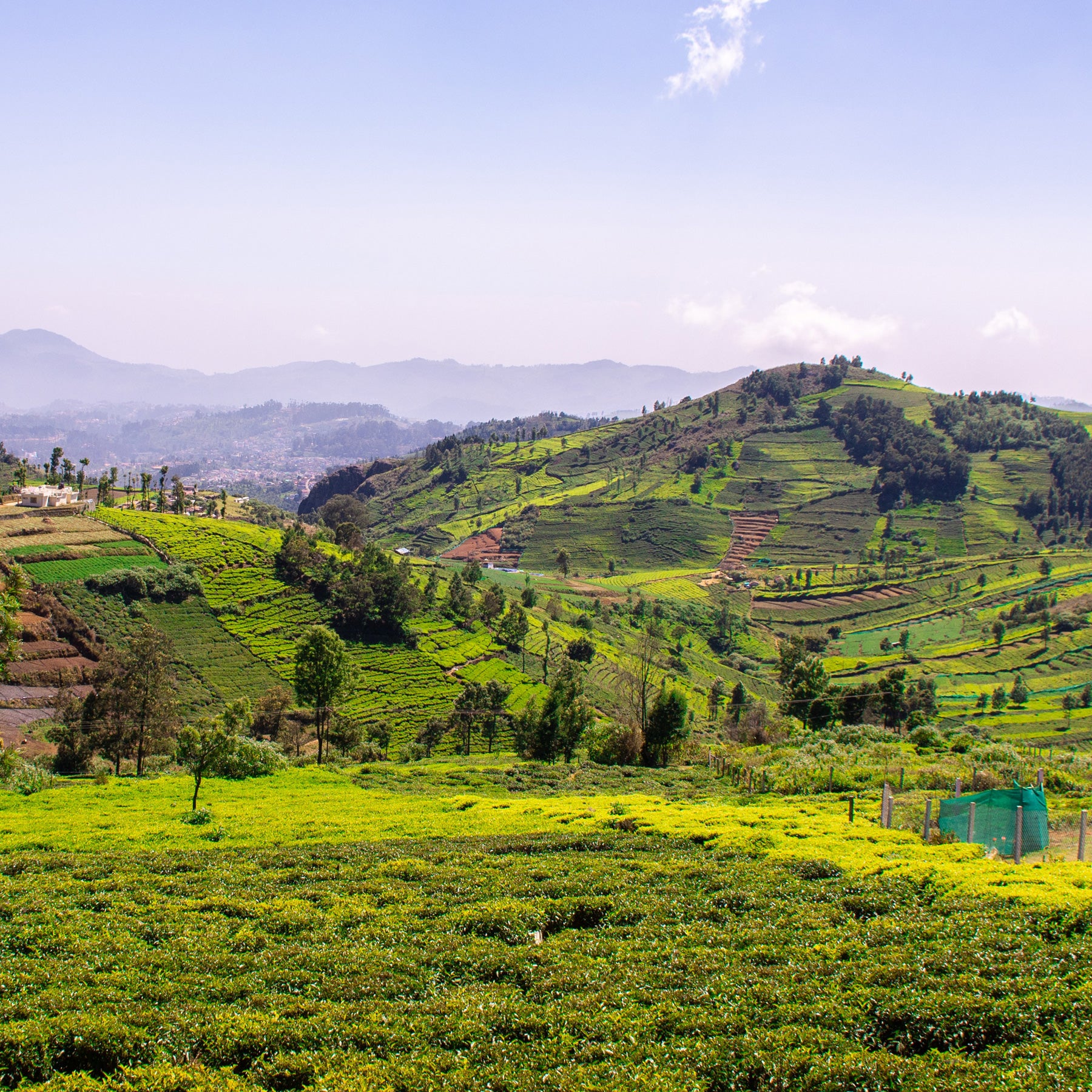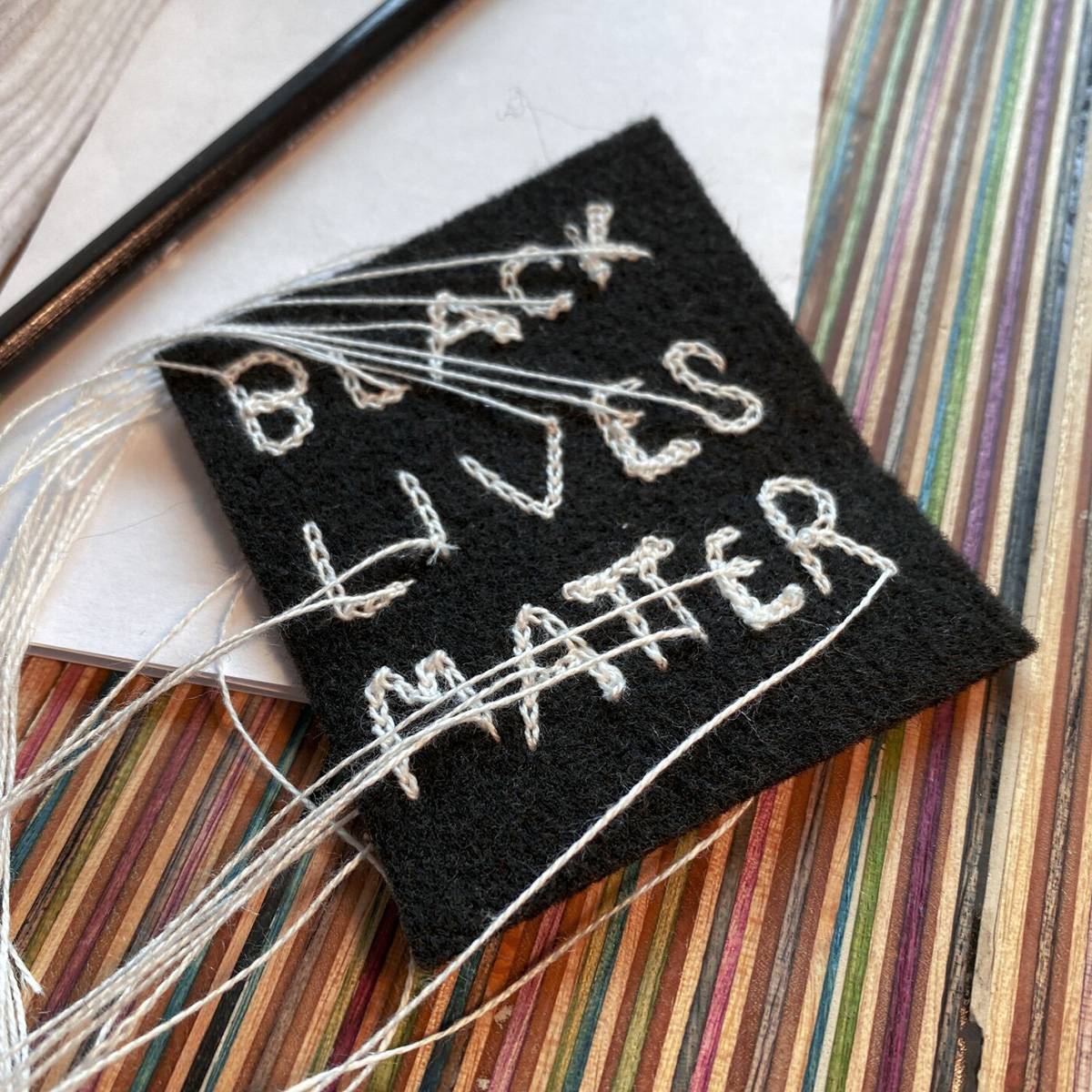At People Of Leisure, we’re always looking for new ways to create conscious fashion. Along with supporting local makers who share the same values. That’s why we’re thrilled to announce our natural dye collection with Madder Goods. Being that our clothing is sourced from deadstock fabrics, we don’t always know where the dye originates.
In our new collection, the pieces are made by us and hand-dyed with food scraps. Working with Madder Goods has opened up the opportunity for us to explore the art of natural dyes and its fascinating, earth-friendly process.
We had the opportunity to chat with Savannah, the founder of Madder Goods. Below she shares how she first started using natural dyes. Along with what she calls "The Madder Process" for natural dying. She also shares why natural dyes are not only good for the planet but also for our bodies.
We love your philosophy of connecting back to nature, can you share a bit more about what inspired you to start creating conscious clothing?
The biggest things I can remember from my childhood is how magical I found life to be when I was in nature and when I had some sort of creative project unfolding.
I collected rocks, leaves, and really anything that spoke to me. I enjoyed the fresh air and vibrant colors. I found myself at my happiest when I create things with my hands and spend time connecting with nature. Later in life, I found myself down a path of health and wellness. I became a Nutritional Therapy Practitioner and began to learn more about the medicinal properties of herbs and plants. I also became a registered yoga instructor a little further down the road. I loved what these avenues brought into my life, but did not feel that it allowed me to use my creativity as much as I had hoped.
One day I stumbled upon an Instagram account that changed everything and it finally all clicked. My worlds collided in the best way. As I learned more about natural dyes and slow fashion I was hooked. There was no turning back. I quit my job and jumped into Madder Goods full time, experimenting and creating to my heart's desire all while trying to figure out how to make money as I did something I found so much love for. I found myself surrounded by love and support from friends and family even though it was a very foreign concept to many.
What is your process of using natural dyes?
The Madder Process :
Step 1 - Select fiber:
To get the best result from natural dyes it is best to choose a fiber that is made from natural materials. This could be a protein (silk, wool) based fiber or cellulose (cotton, linen, hemp) based.
Step 2 - Wash & Scour the fiber:
A simple deep cleaning. Here we ensure all dirt, waxes, grease, and chemical additives are removed. Removing these impurities will ensure that the fabric will bind with natural dyes more easily. Scouring helps the dye to adhere to the material thoroughly and uniformly and ensures more saturated colors.
Step 3 - Mordant:
In order to make the color last or colorfast, this step is critical. The mordant process prepares the natural fibers to successfully attach to natural dyes. A mordant can be a naturally occurring, water-soluble metallic salt that bonds the dye to the fiber and acts as a binder.
Soy milk can also be used as a mordant for cellulose fibers, creating a protein-like bond allowing it to bind to the dye.
Step 4 - Dye:
Plant material and food waste are collected and/or harvested. Color is extracted and the fabric is soaked and dyed (usually on a stovetop) Each color comes to life on the fabric.
Why is it important to consider choosing nature dyes over synthetic ones?
In short, synthetic dyes contain harmful chemicals to the human body and the environment especially to those who work in the production process. Many of these chemicals are known to be carcinogenic, endocrine-disrupting(messing with hormones), and hazardous to our health. Synthetic dyes also carry a large pollution footprint.
With natural dyes you know exactly where it’s coming from. While there still may need to be cautious ways to go about the process the end product is magical and safe to wear. Non-toxic and gentle on your skin. Natural dyes produce imperfect, rich textures and tones that cannot be found in industrial dyes that are often full of toxic chemicals.
How did the POL collaboration come about?
I’ve been searching for brands that have similar ethics and values to Madder Goods and POL fit right into that mold. I was drawn to the philosophy of POL right away. I was so thrilled when planning our collaboration after I had reached out. It felt like the perfect fit.
What is your favorite piece from the collection and why?
I definitely have dyes that speak to me more than others and onion skins is one of those. They are absolutely magical to work with every step of the way. From collecting them to seeing them come alive in the dye pot. Yellow onion skins make a beautiful orange to gold-tone while red onion skins create a vibrant green that is so unexpected.
For those interested in learning to use natural dyes where would you recommend they start?
The beautiful thing about natural dyes is that you can get started with scraps from your kitchen and/or picking flowers from your garden.
I found supplies at my local thrift store or used things in my kitchen that I then dedicated to my dyeing. I started with a couple of books that are great for beginners. The first is called Natural Colors Cookbook by Maggie Pate and the second is Botanical Colors at your Fingertips by Rebecca Desnos. I have also found a lot of free resources online as well, below are some of my favorites:
What to expect from naturally dyed clothing:
Like a beloved pair of jeans, the natural dye will fade over time. Botanical colors may have variations, character marks, and unique imperfections making each item one-of-a-kind. This cycle is part of the beauty of this ancient medium. These plant-dyed pieces are made to take you on a beautiful journey with nature. I hope you will embrace the magic that occurs.
Care instruction:
To properly care for your plant dyed garments, wash cold with like colors with eco detergent(baking soda free). Tumble dry or hang to dry in a shady/breezy spot. For the first couple of washes, it is recommended to wash separately. Colors will fade if left in the sun. Some dyes react to citrus.






